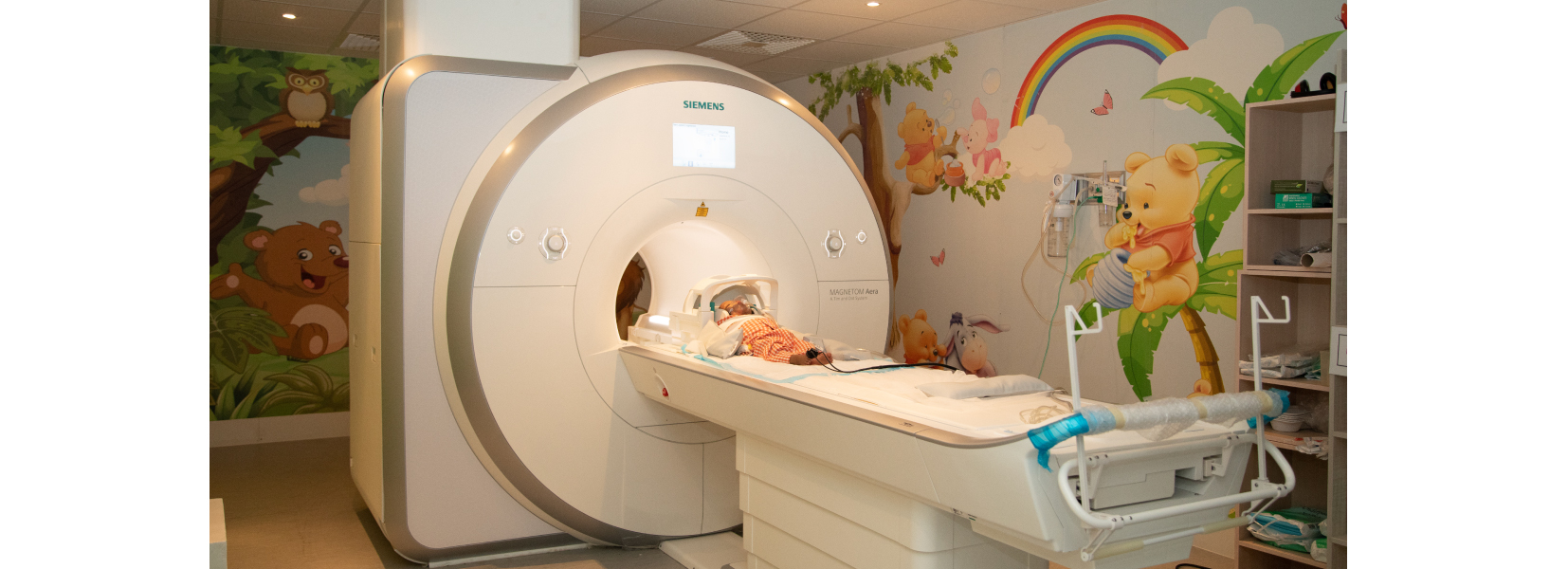
Childhood Cancer Awareness Month: It Is Time to Talk about Radiology!
- 9 September 24
- 641 revirew
- 0 comment
Radiology plays an imperative role in the management of pediatric cancer, encompassing three key phases: pathology, treatment, and follow-up.
à Pathology phase: radiology is vital for the accurate identification of cancer type and extent in a child. This strategy as the precise diagnosis defines subsequent treatment plans and tailors interventions to the patient’s specific needs.
à Treatment phase: radiology serves as an essential tool in monitoring patient’s response to therapy. Imaging studies help evaluate the efficacy of treatment, allowing healthcare professionals to adjust therapeutic strategies as required. This ongoing assessment is highly demanding for optimizing outcomes and minimizing the potential side effects.
à Follow-up phase: regular imaging is considerable for assessing patient’s recovery. Radiological evaluations help to detect potential recurrences of cancer and administer timely intervention if cancerous tissues reappear. This vigilance is acute for improving long-term survival rates and enhancing the quality of life for pediatric cancer survivors.
There are some essential features required to be considered during patient’s radiology process:
- Firstly, adherence to preparation guidelines is paramount. Patients must follow pre-procedure instructions meticulously, such as refraining from eating or drinking as directed. Deviations from these instructions can lead to incomplete procedures or compromised diagnostic results.
- Secondly, the submission of comprehensive medical records to the radiology department is crucial. It means that a well-documented medical record enables a radiologist to conduct thorough evaluation and comparison new images with the previous ones. Incomplete or insufficient medical records not only prolong the detection and curing process but also impact subsequent treatment phases.
In line with Childhood Cancer Awareness Month, MAHAK radiology department has currently developed a unified archive for patients’ medical records, which is accessible to all hospital domains. Such a system, improves a more effective coordination between different hospital domains involved patients’ treatment procedure.
This is well addressed in association with multidisciplinary approach strategy at MAHAK hospital that enables our health professionals to serve the integrated curing strategy to achieve the best possible treatment outcomes.
Childhood Cancer Awareness Month Factsheet No.5:
Blood tests can detect abnormal cell counts and specific markers that may indicate the presence of cancer in children.
